1
How
Much
2
Select
Loan
3
Apply Online
4
Begin Processing
Step 1: Find Out How Much You Can Borrow
-
Look for properties within your range.
-
Be in a better position when negotiating with the seller (seller knows your loan is already approved).
-
Close your loan quicker
LTV and Debt-to-Income Ratios
FICO™ Credit Score
Self Employed Borrowers
Source of Down Payment
Step 2: Select The Right Loan Program
1) Fixed Rate Mortgage
- Plan to live in home more than 7 years
- Like the stability of a fixed principal/interest payment
- Don’t want to run the risk of future monthly payment increases
- Think your income and spending will stay the same
2) Adjustable Rate Mortgage
- Plan to stay in your home less than 5 years
- Don’t mind having your monthly payment periodically change (up or down)
- Comfortable with the risk of possible payment increases in future
- Think your income will probably increase in the future
Step 3: Apply For A Loan
You are now ready to apply for a loan. Visit the Loan Officer page to select a qualified loan expert to begin the process. After you select a loan officer, hit the “Apply” button under their name to get started.
Step 4: Begin Loan Processing
Income/Employment Check
- Is your income sufficient to cover monthly payments? Industry guidelines are used to evaluate your income and your debts.
Credit Check
- What is your ability to repay debts when due? Your credit report is reviewed to determine the type and terms of previous loans. Any lapses or delays in payment are considered and must be explained.
Asset Evaluation
- Do you have the funds necessary to make the down payment and pay closing costs?
Property Appraisal
- Is there sufficient value in the property? The property is appraised to determine market value. Location and zoning play a part in the evaluation.
Other Documentation
- In some cases, additional documentation might be required before making a final determination regarding your loan approval.
- In order to improve your chances of getting a loan approval:
- Fill out your loan application completely. You may use our online forms to expedite the process.
- Respond promptly to any requests for additional documentation especially if your rate is locked or if your loan is to close by a certain date.
- Do not move money into or from your bank accounts without a paper trail. If you are receiving money from friends, family or other relatives, please prepare a gift letter and contact us.
- Do not make any major purchases until your loan is closed. Purchases cause your debts to increase and might have an adverse affect on your current application.
- Do not go out of town around your loan’s closing date. If you plan to be out of town, you may want to sign a Power of Attorney.
Step 5: Close Your Loan
After your loan is approved, you are ready to sign the final loan documents. You must review the documents prior to signing and make sure that the interest rate and loan terms are what you were promised. Also, verify that the name and address on the loan documents are accurate. The signing normally takes place in front of a notary public.There are also several fees associated with obtaining a mortgage and transferring property ownership which you will be expected to pay at closing. Bring a cashiers check for the down payment and closing costs if required. Personal checks are normally not accepted. You also will need to show your homeowner’s insurance policy, and any other requirements such as flood insurance, plus proof of payment.Your loan will normally close shortly after you have signed the loan documents. On owner occupied refinance loan transactions federal law requires that you have 3 days to review the documents before your loan transaction can close.
Office Hours
| Monday | 8AM–5PM |
| Tuesday | 8AM–5PM |
| Wednesday | 8AM–5PM |
| Thursday | 8AM–5PM |
| Friday | 8AM–5PM |
| Saturday | 8AM–5PM |
| Sunday | Closed |
***Disclaimer: This calculator is offered for illustrative and educational purposes only and it is not intended to replace a professional estimate. Calculator results do not reflect all loan types and are subject to individual program loan limits. All calculations and costs are estimates and therefore, Equitable Mortgage (EMC) does not make any guarantee or warranty (express or implied) that all possible costs have been included. The assumptions made here, and the output of the calculator do not constitute a loan offer or solicitation, or financial or legal advice. Please connect with an EMC loan professional for a formal estimate. Every effort is made to maintain accurate calculations; however, EMC assumes no liability to any third parties that rely on this information and is not responsible for the accuracy of rates, APRs or any other loan information factored in the calculations.


